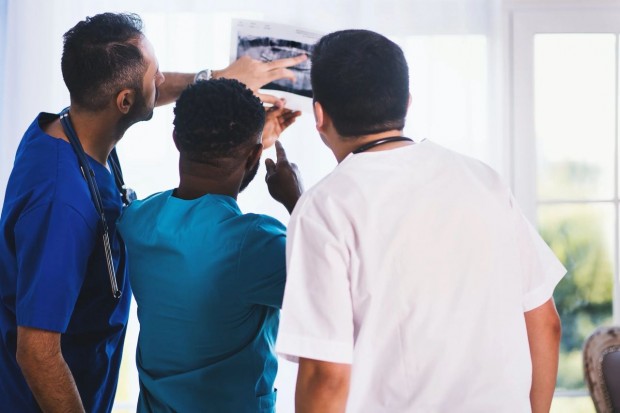What is the Clinical Clerkship Phase of Medical School?
- comments


(Photo : Pexels)
Currently counted as a minority, those of Hispanic background are on track to become the American majority by 2050. As they take up more of the population, Hispanic Americans continue to advance across countless industries and fields.
Unfortunately, the percentage of Hispanic American physicians is lower than the percentage of the population with Hispanic or Latino background. The result is reduced representation in healthcare.
The good news is more men and women of Hispanic or Latino background are entering medical school. Thousands of others will be following in their footsteps in the coming years.
While ambition will get you far, it won't be enough to get through medical school. Becoming a licensed physician requires discipline, drive, intelligence, and natural ability.
An awareness of what's in store doesn't hurt, either. With this in mind, let's take a look at a specific phase of medical school known as clinical clerkship, starting with how it fits into the bigger picture:
Medical school schedule
Each medical school has its own unique approach to lessons and schedules. But generally speaking, they all follow the same pattern broken down by year:
Year One: As expected, the first year of medical school is devoted to the study of basic physiology and human anatomy. Hands-on experiences are limited to lab settings.
Year Two: The second year of medical school is when students start working in clinics and similar settings to hone their skills and expand their knowledge. Many medical students also commit to volunteering in clinical settings during their second year.
Year Three: The third year of medical school is generally when students start spending more time in clinical settings than they do in classrooms. Most medical students will start what is known as their clinical clerkship during this time.
Year Four: Medical students finish their clinical clerkships during their fourth and final year in medical school. Afterward, they continue their elective rotations before moving on to final exams.
Clinical rotations
As mentioned in the previous sections, clinical rotations - also known as clinical clerkships - is the point in one's medical school education where they get hands-on experience covering the seven fundamental pillars of modern medicine. For many medical students, this is the time when they decide which specific discipline they plan to focus on going forward.
Family Medicine: The medical specialty focused on providing continuous and comprehensive healthcare for individuals regardless of age or gender.
Internal Medicine: As the name suggests, internal medicine refers to conditions and diseases found inside the body.
Surgery: Surgery refers to any procedure involving the intentional cutting and opening of the body and its organs in order to treat an existing condition.
Pediatrics: The branch of medicine focused on treating children and childhood illnesses is known as pediatrics.
Obstetrics and Gynecology: Commonly abbreviated to OB-GYN, obstetrics and gynecology focus on reproductive health, pregnancy, and childbirth. As a result, OB-GYNs work exclusively with female patients.
Psychiatry: The medical specialty of psychiatry refers to the study and treatment of mental illness, behavioral disorders, and emotional disturbances.
Neurology: Neurology refers to the study and treatment of diseases and disorders of the brain and nervous system.
Taking shelf exams
Each of the aforementioned clinical clerkships concludes with a comprehensive exam. Commonly referred to as a shelf exam, passing each test is essential for getting through medical school. Let's take a closer look at shelf exams:
Production: Shelf exams are designed and developed by the National Board of Medical Examiners (NBME).
Practice: Medical students are encouraged to take practice shelf exams and review questions that are likely to appear on the test.
Testing: Most medical schools allow students to take their shelf exams online, albeit through a heavily monitored third-party platform.
Americans of Hispanic or Latino background make up a significant portion of the total U.S. population. Unfortunately, that percentage has yet to translate to the healthcare industry, particularly when it comes to the number of Spanish-speaking doctors. The good news is that the trend is shifting in the right direction thanks to an uptick in Hispanic and Latino Americans enrolled in medical school.
Julie Steinbeck is a freelance writer from Florida. She enjoys writing about business, finance, health, and travel.


